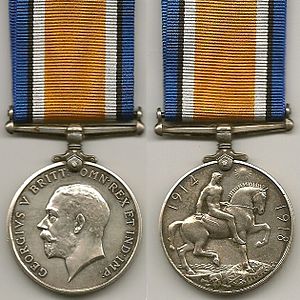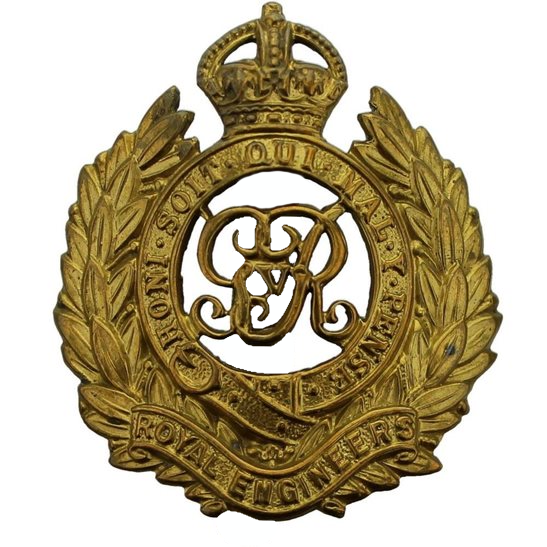Personal Details
Born: February 1889 in Whitchurch and baptised on 29 March the same year.
Family: Sixth of eleven children born to Thomas T and Eliza Chubb. Arthur does not appear to have married.
Residence: According to the census returns for 1891 and 1901 the family lived at 7 Talbot Street, Whitchurch. By 1911 Arthur had left home and was in Jamaica serving in the military. Eight years later the 1919 absent voters list recorded his address as 4 Park Road, Whitchurch. By 1939 he had moved to the south of England and was living in Farnborough, Hampshire. At the time of his death in 1955 he was living at 4 Saxby Grove, Marton, Blackpool, Lancashire.
Employment: At the age of 22 Arthur was a sapper with the 44th Company of Royal Engineers in Jamaica and his trade was given as a joiner. Twenty years later, in 1939, he is employed as a Civil Service clerk in the War Department.
Died: In 1955 in Blackpool, Lancashire, aged 66.
Military Details
Regiment: Royal Engineers
Rank: Sergeant (previously Corporal)
Service Number: 1852212 (previously 17347)
Date of Enlistment: Not known
Date of Discharge: Not known
Reason for Discharge: Not known
Other Information: Received Long Service and Good Conduct Awards.
Younger brother of George Alfred Chubb who is commemorated on Whitchurch Town War Memorial.
Arthur was awarded the British War Medal.

The British War Medal (also known as 'Squeak') was a silver or bronze medal awarded to officers and men of the British and Imperial Forces who either entered a theatre of war or entered service overseas between 5th August 1914 and 11th November 1918 inclusive. This was later extended to services in Russia, Siberia and some other areas in 1919 and 1920. Approximately 6.5 million British War Medals were issued. Approximately 6.4 million of these were the silver versions of this medal. Around 110,000 of a bronze version were issued mainly to Chinese, Maltese and Indian Labour Corps. The front (obv or obverse) of the medal depicts the head of George V. The recipient's service number, rank, name and unit was impressed on the rim.

